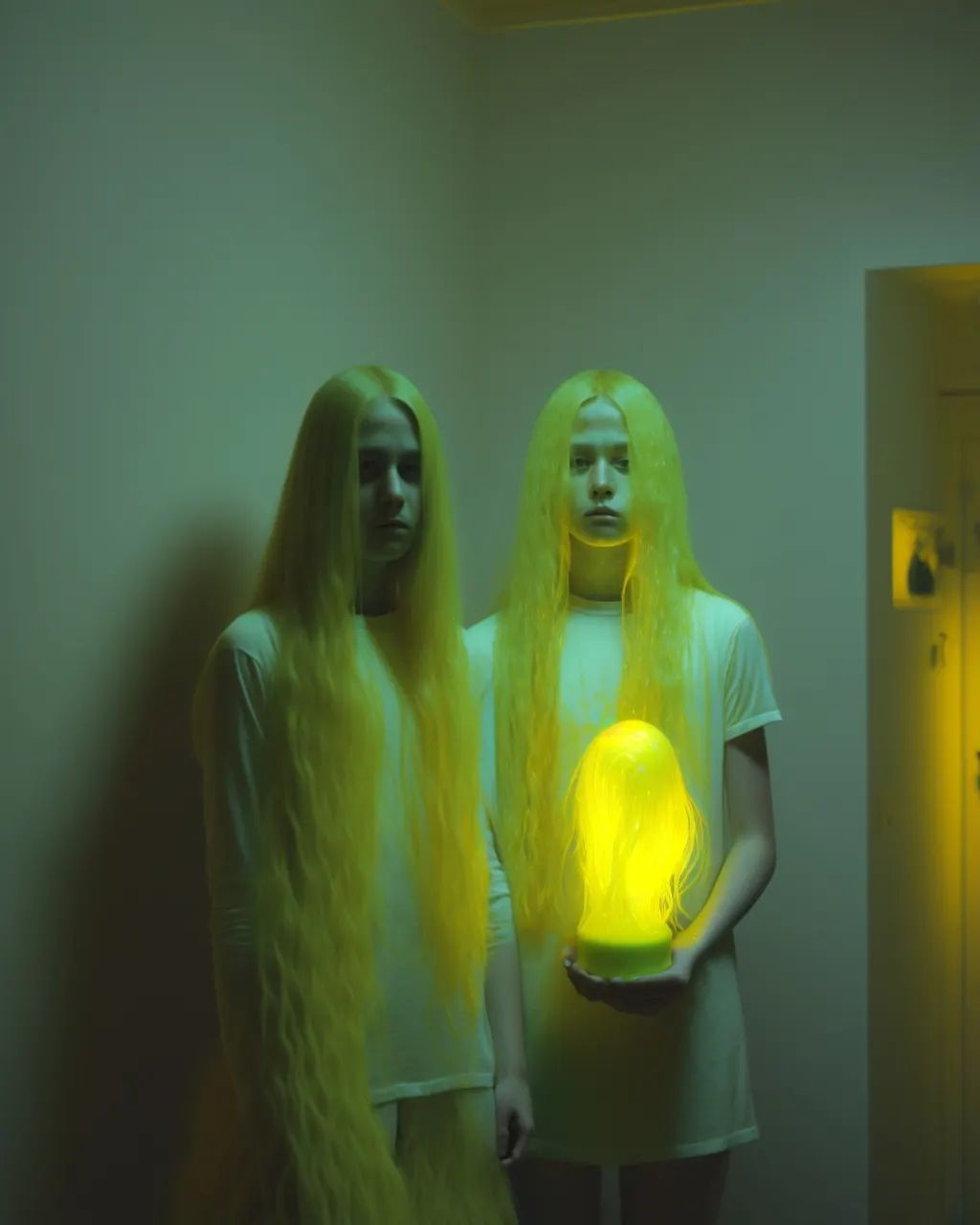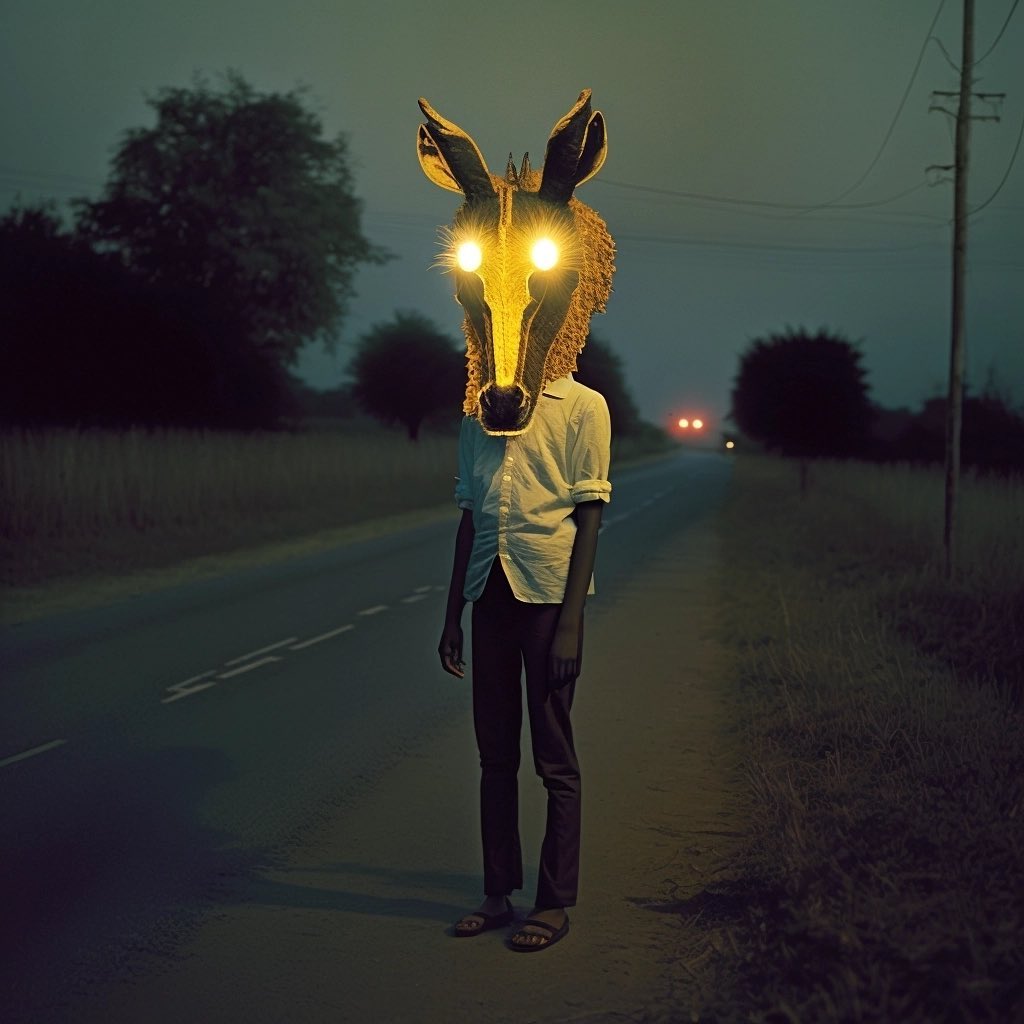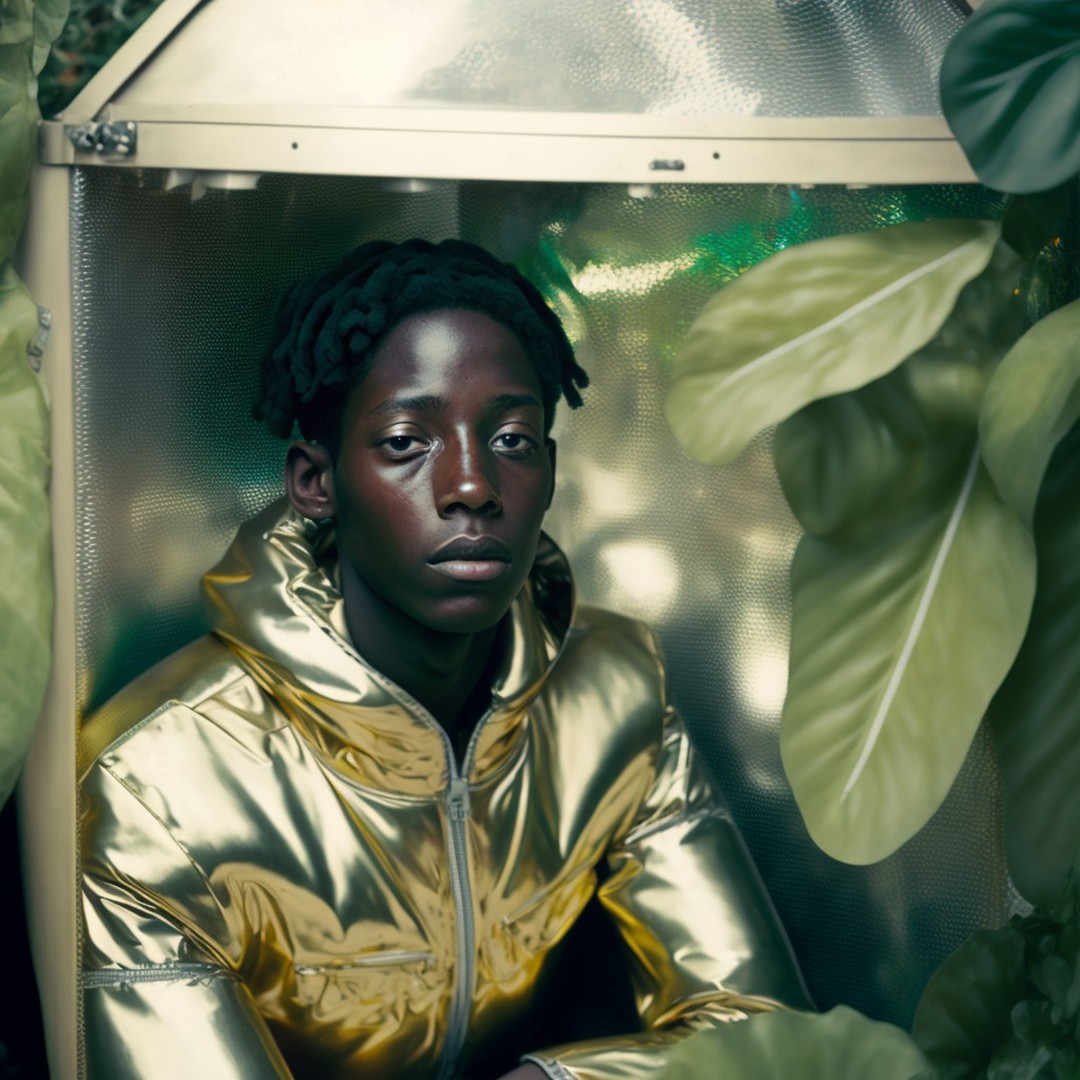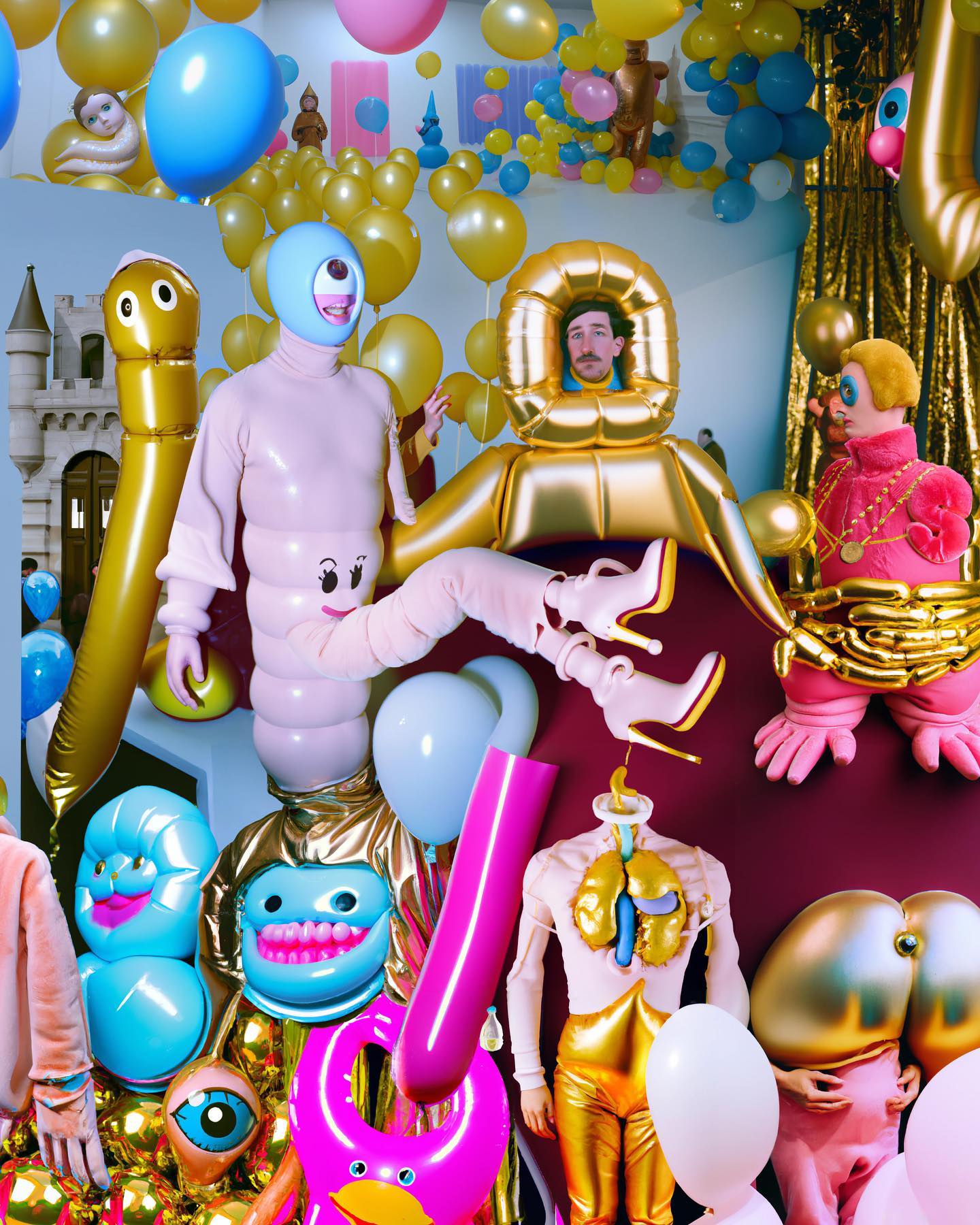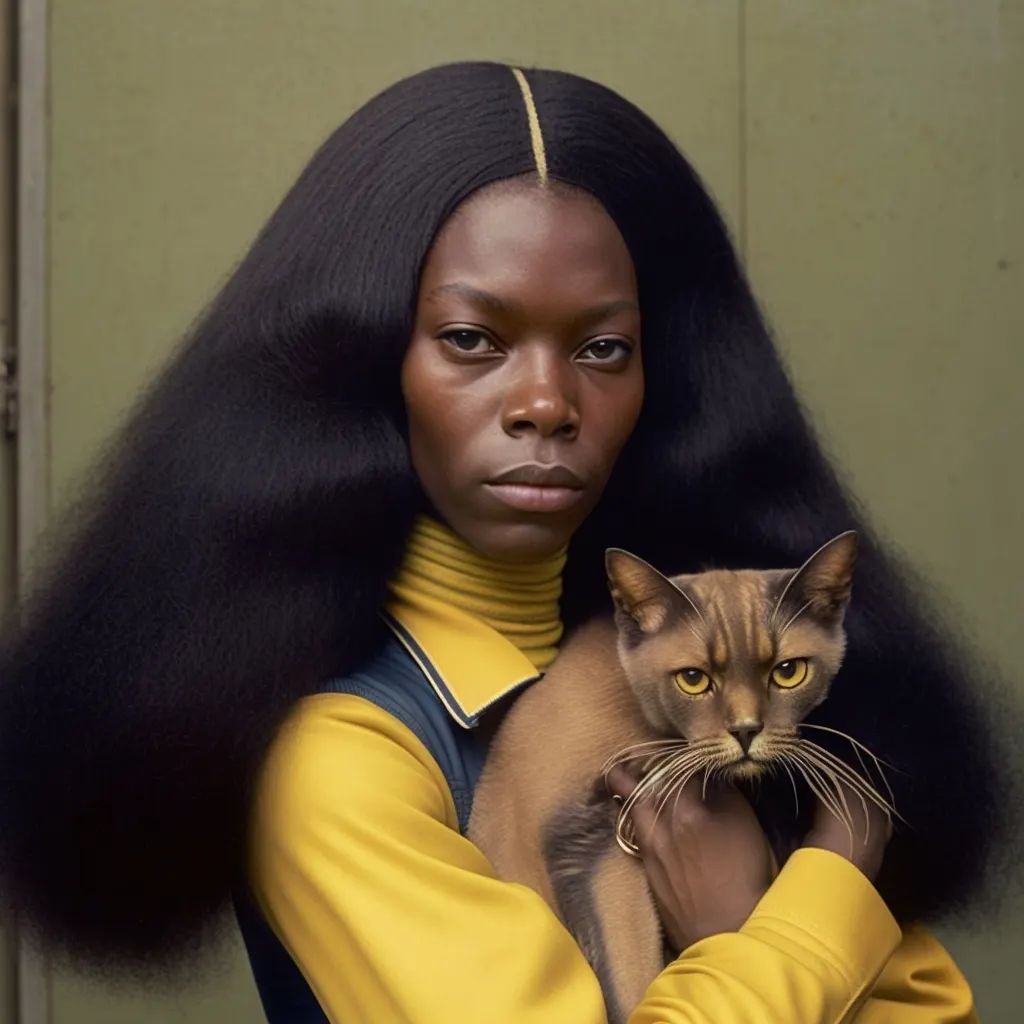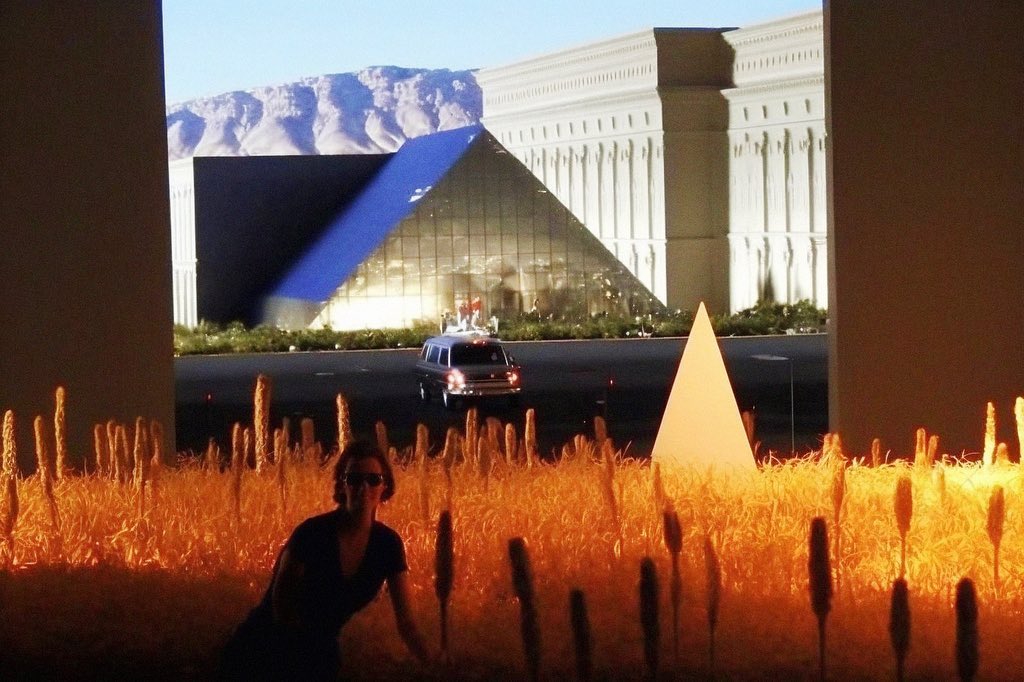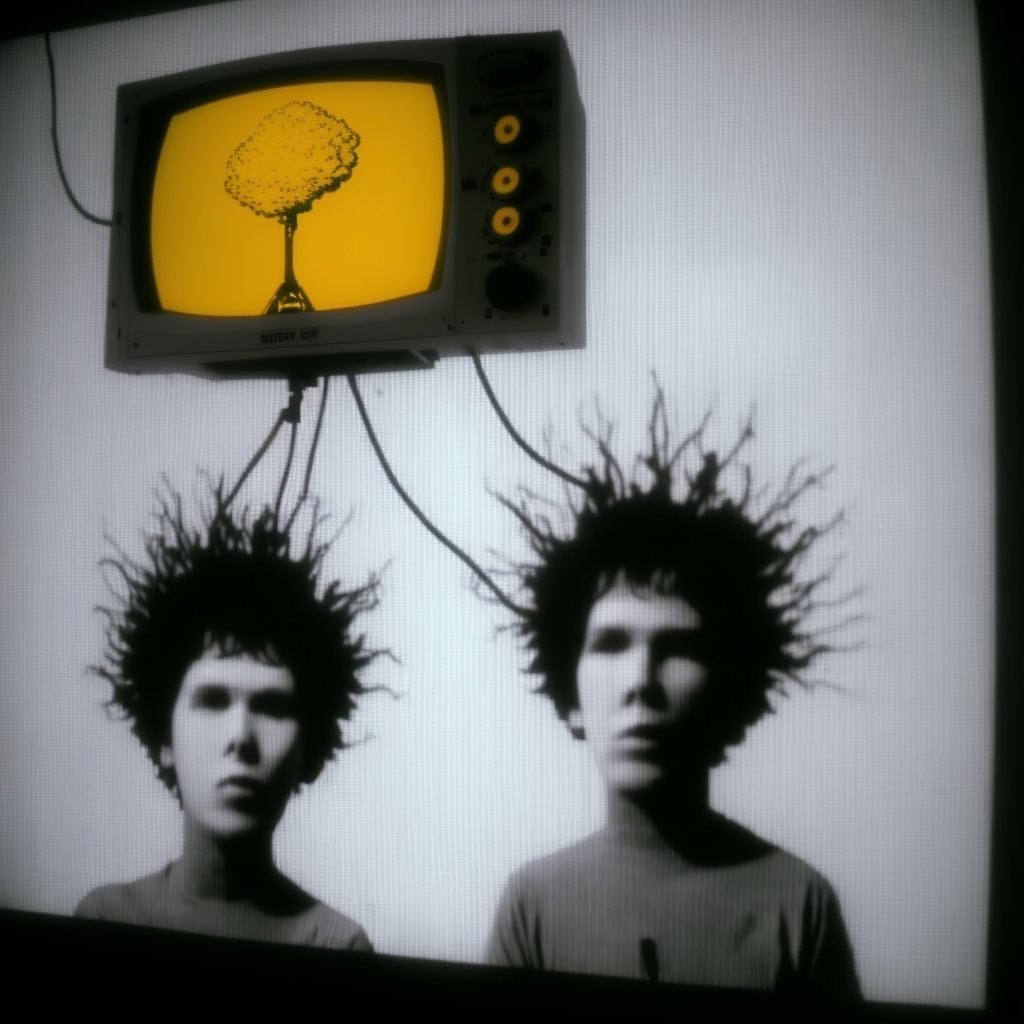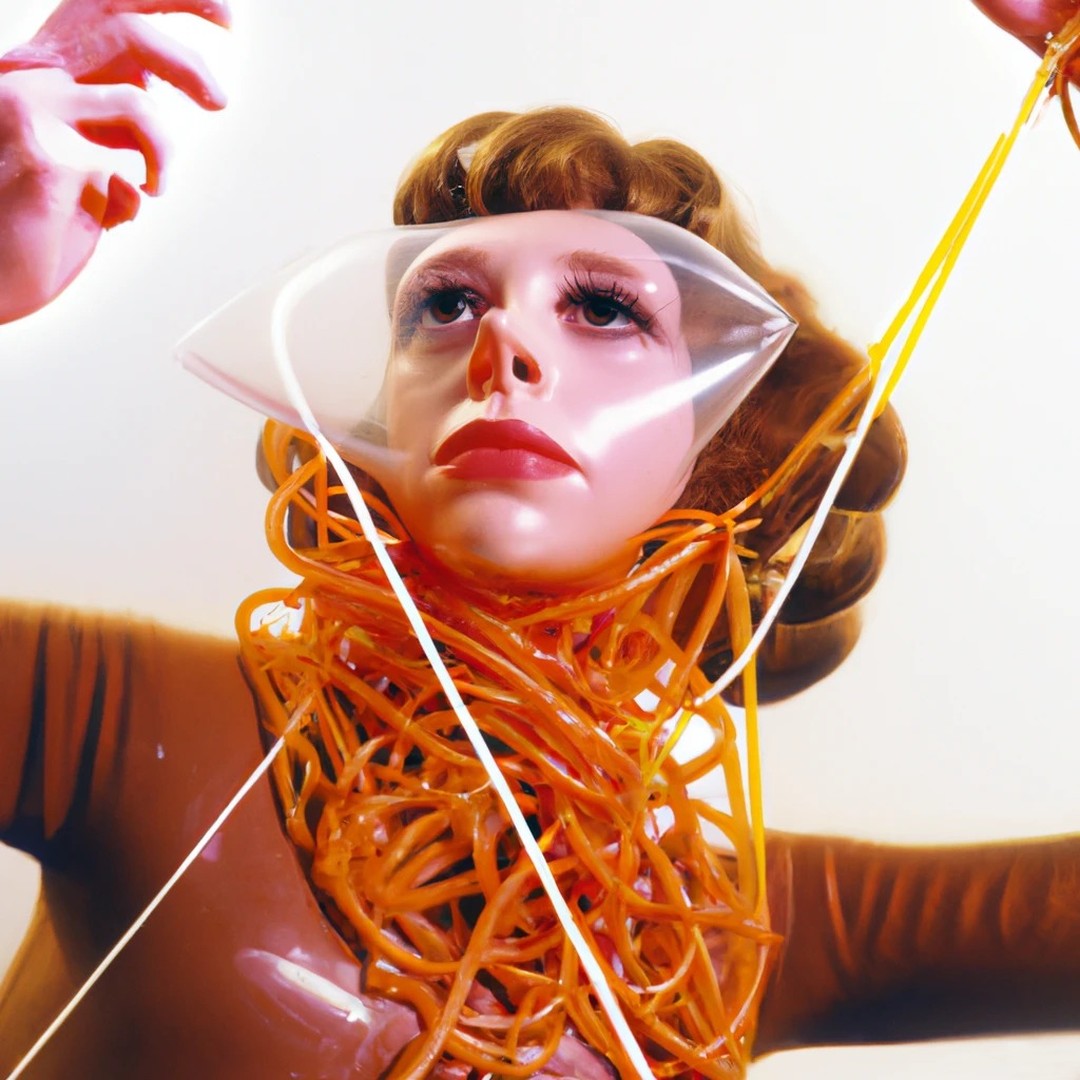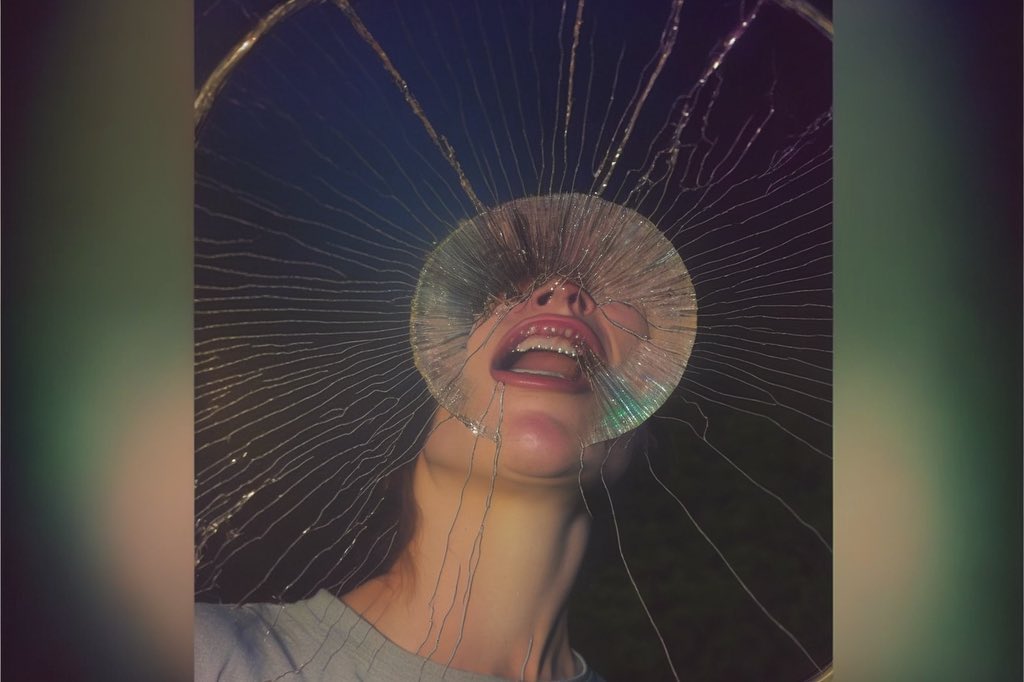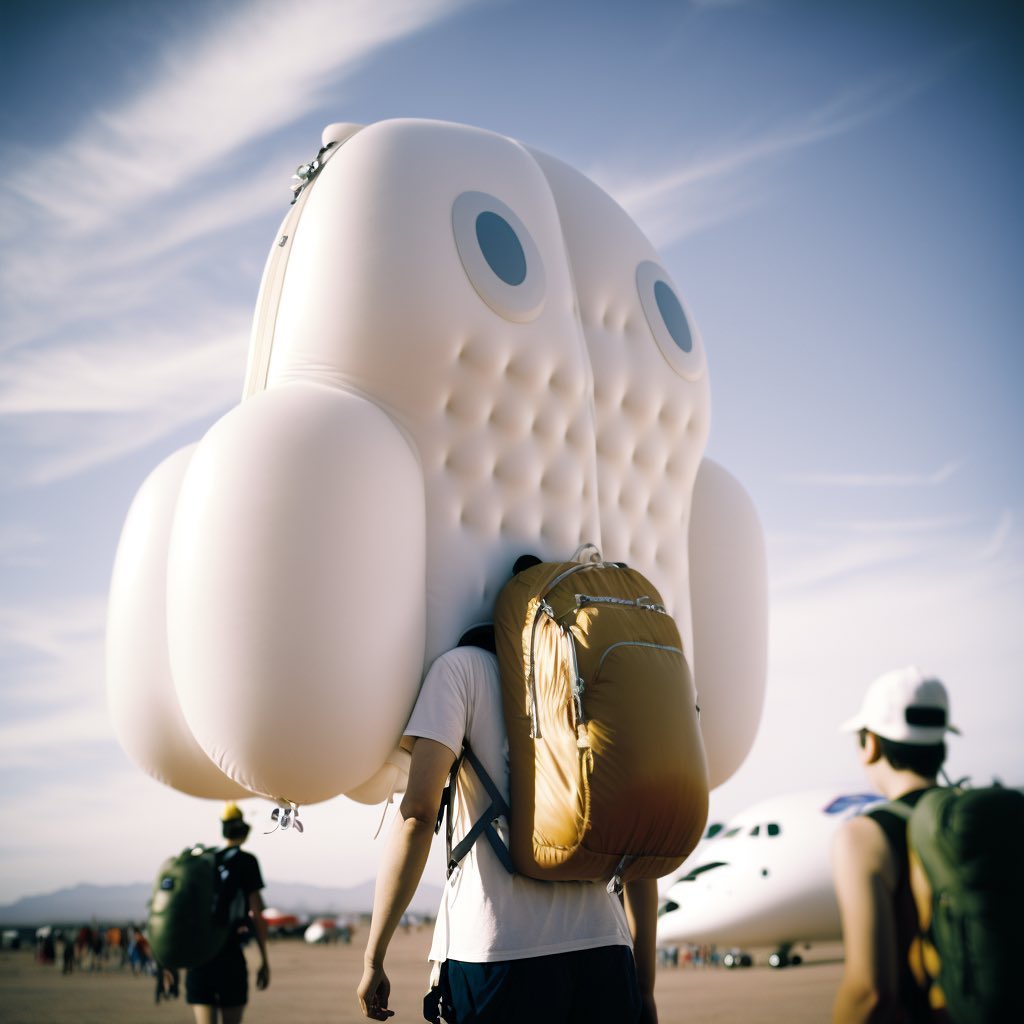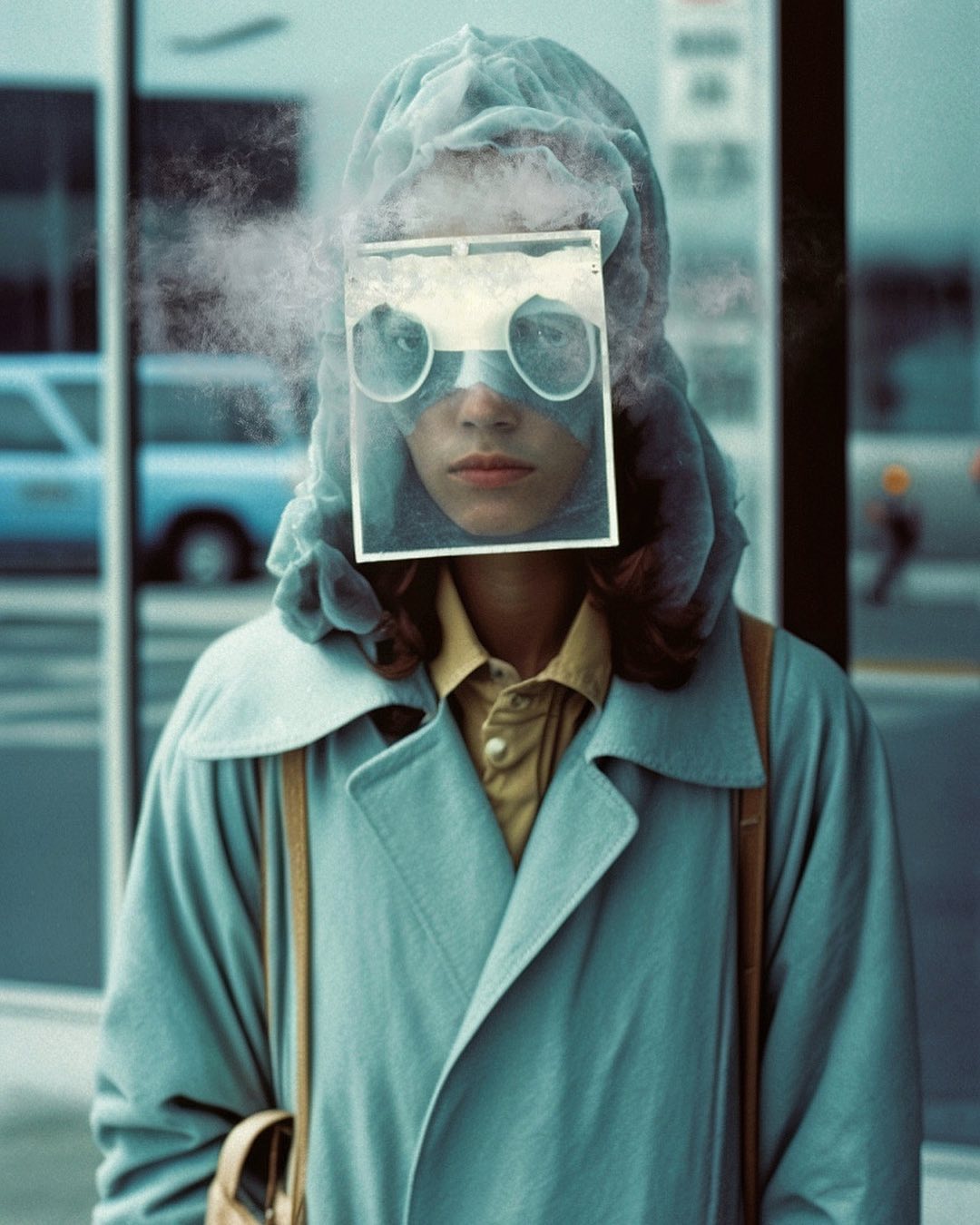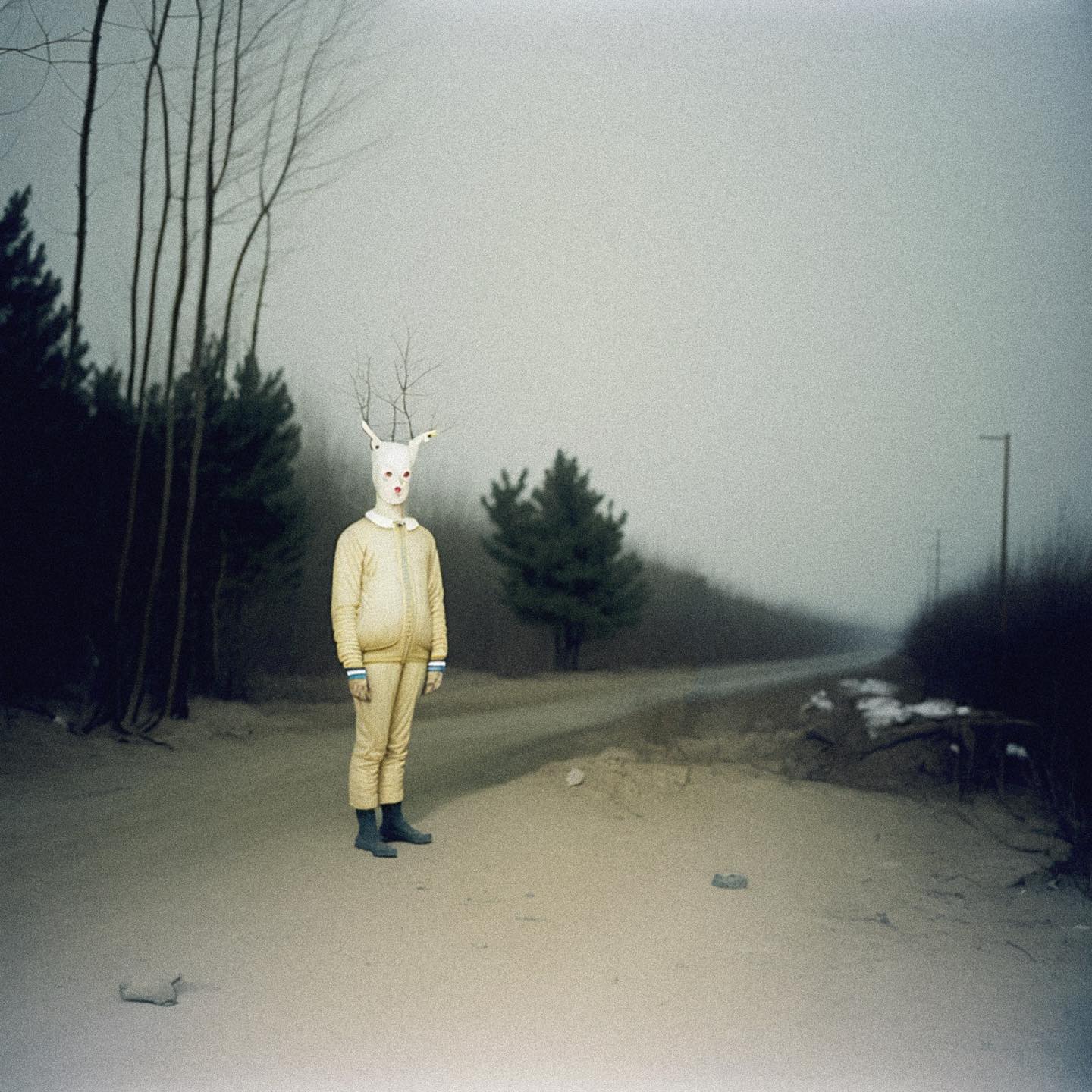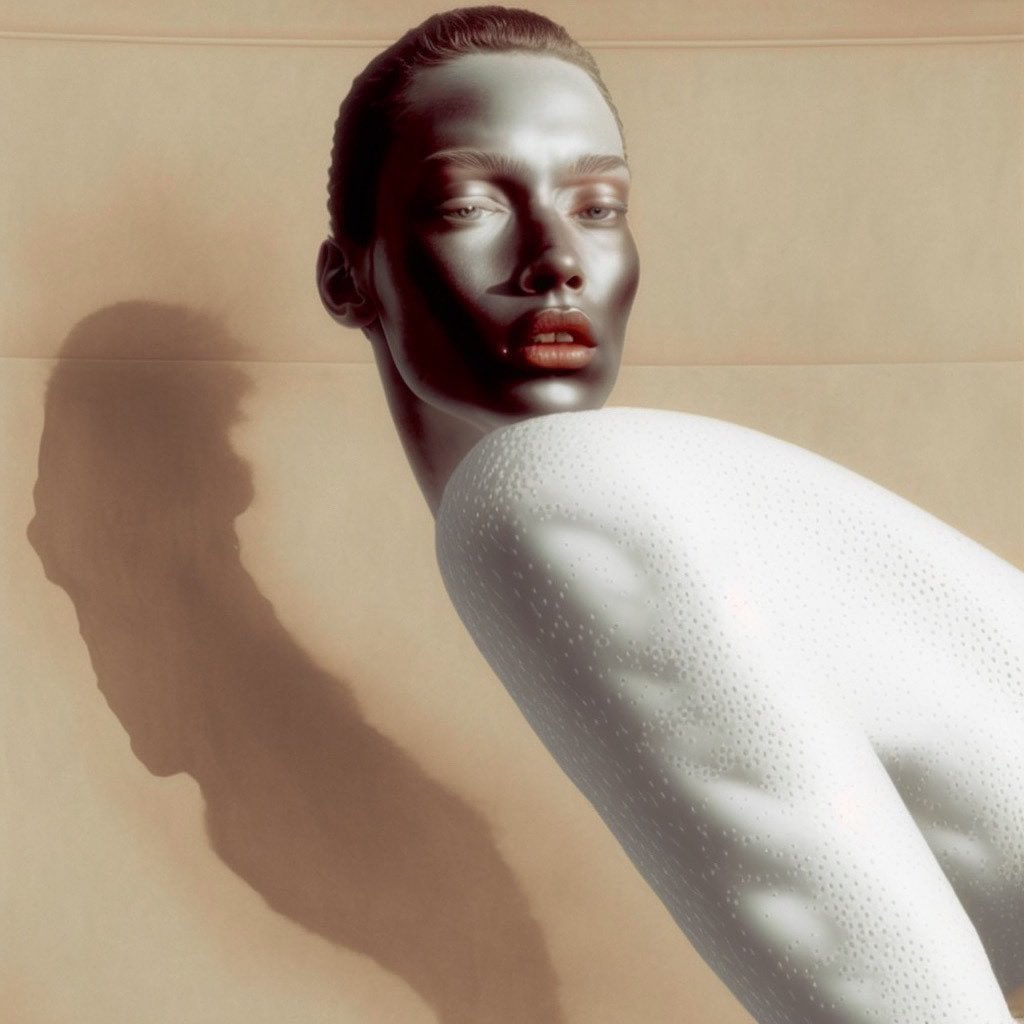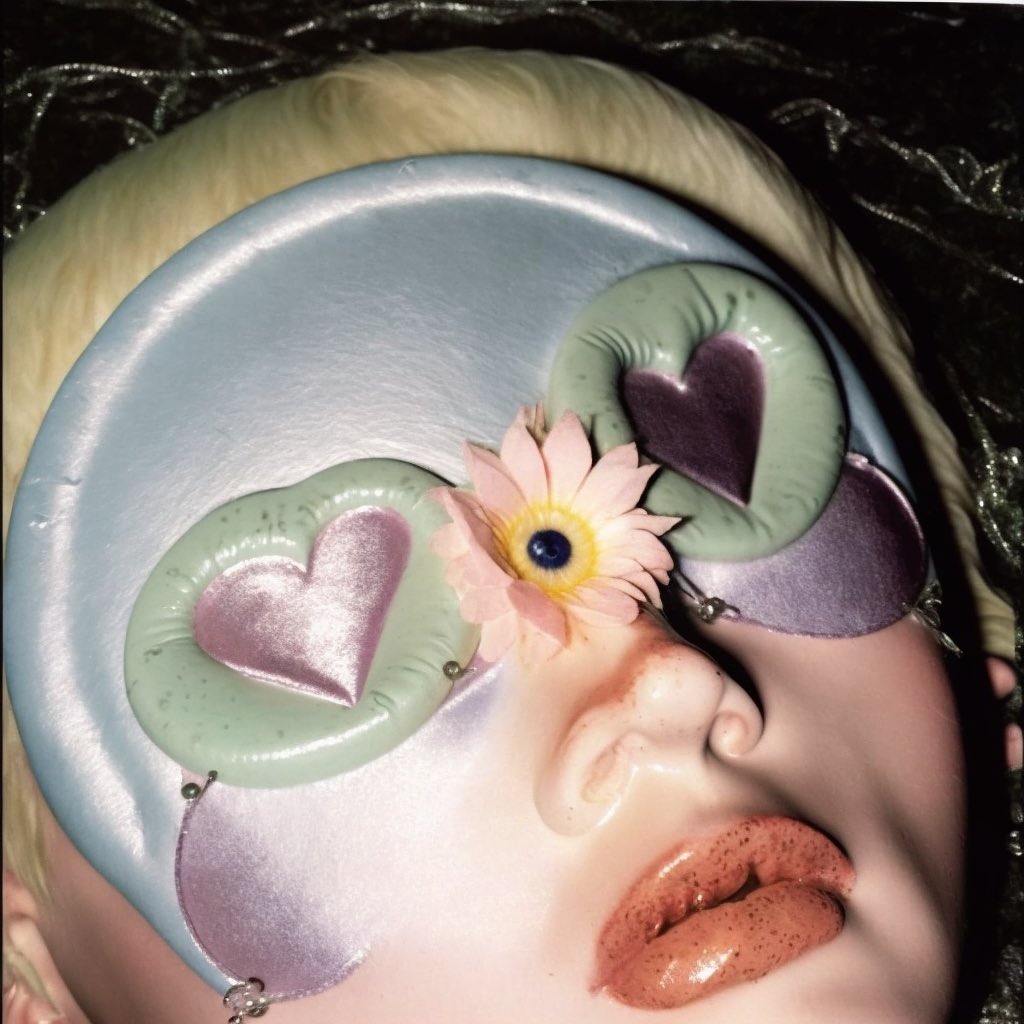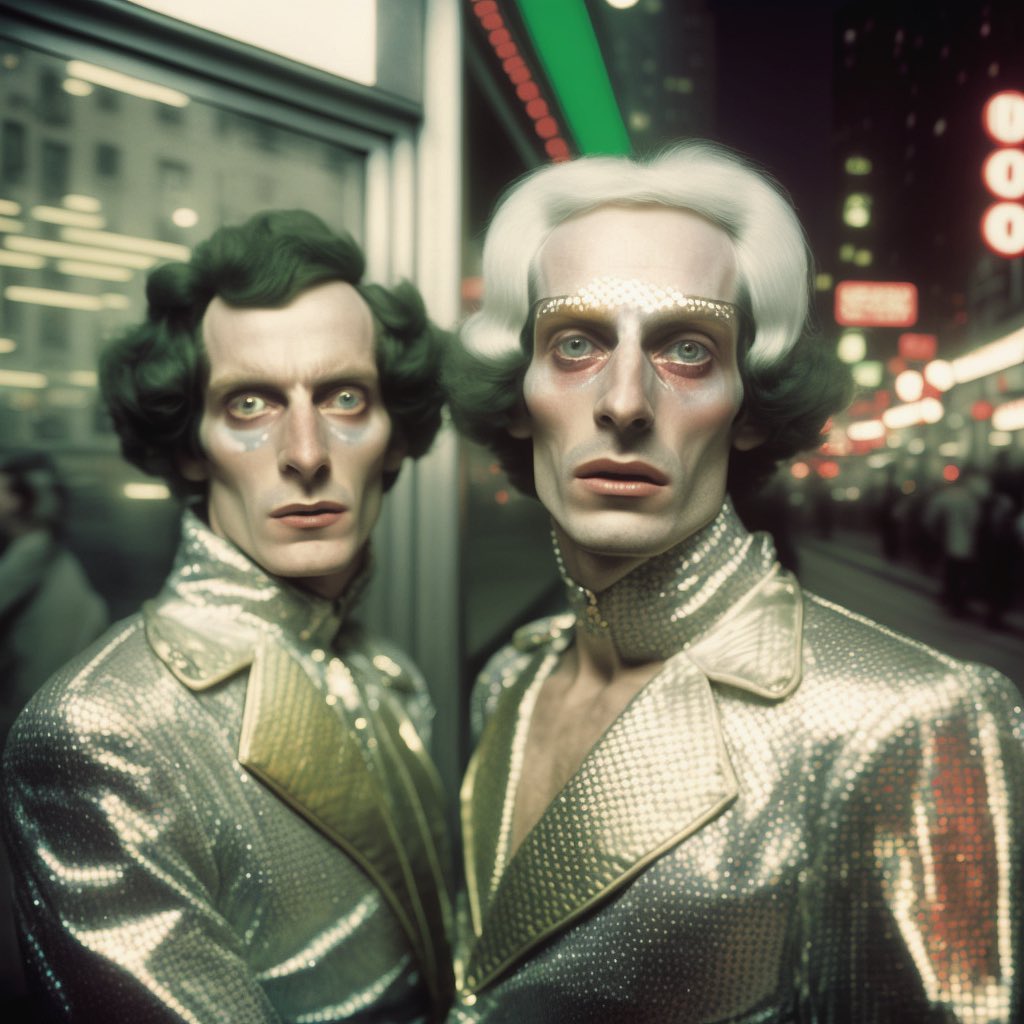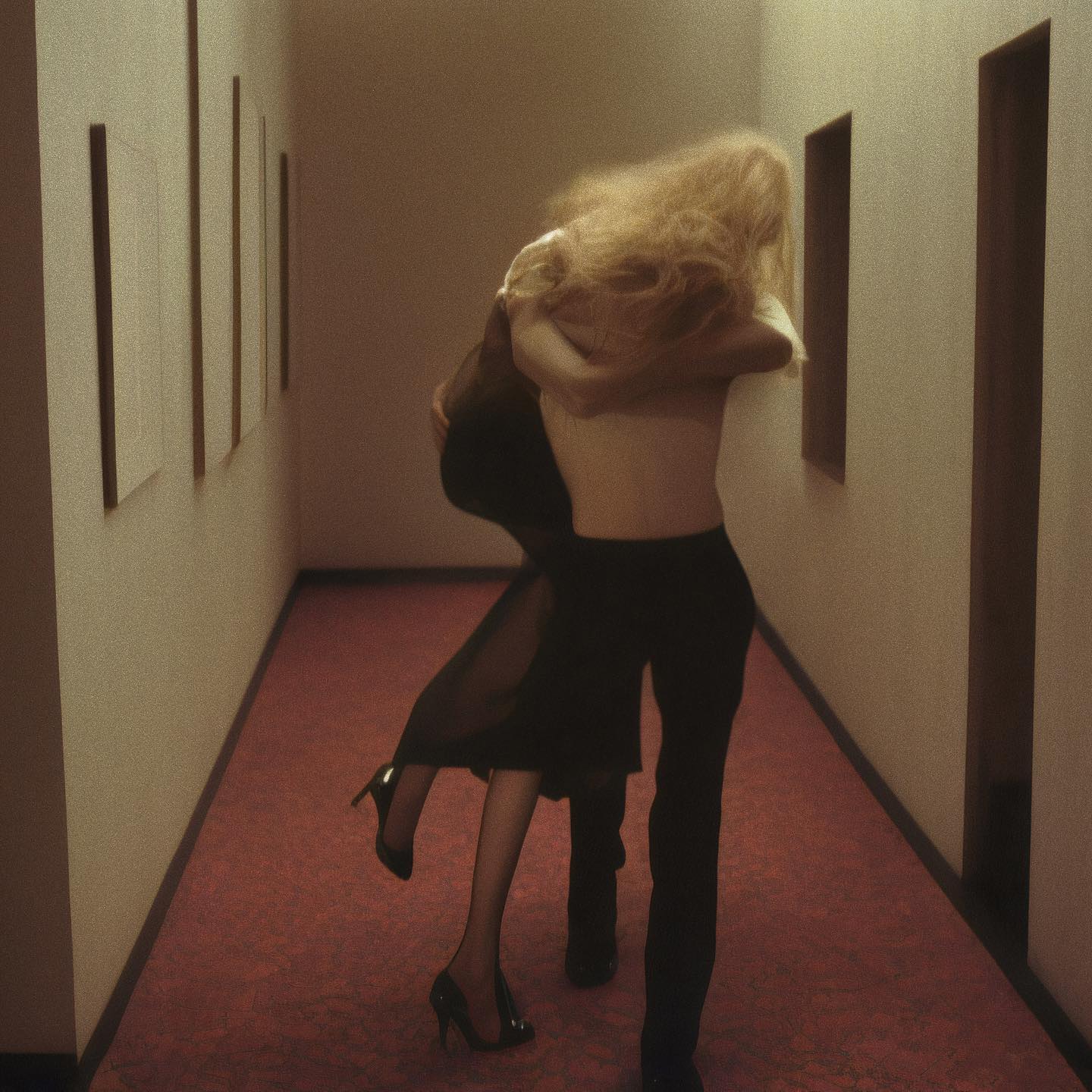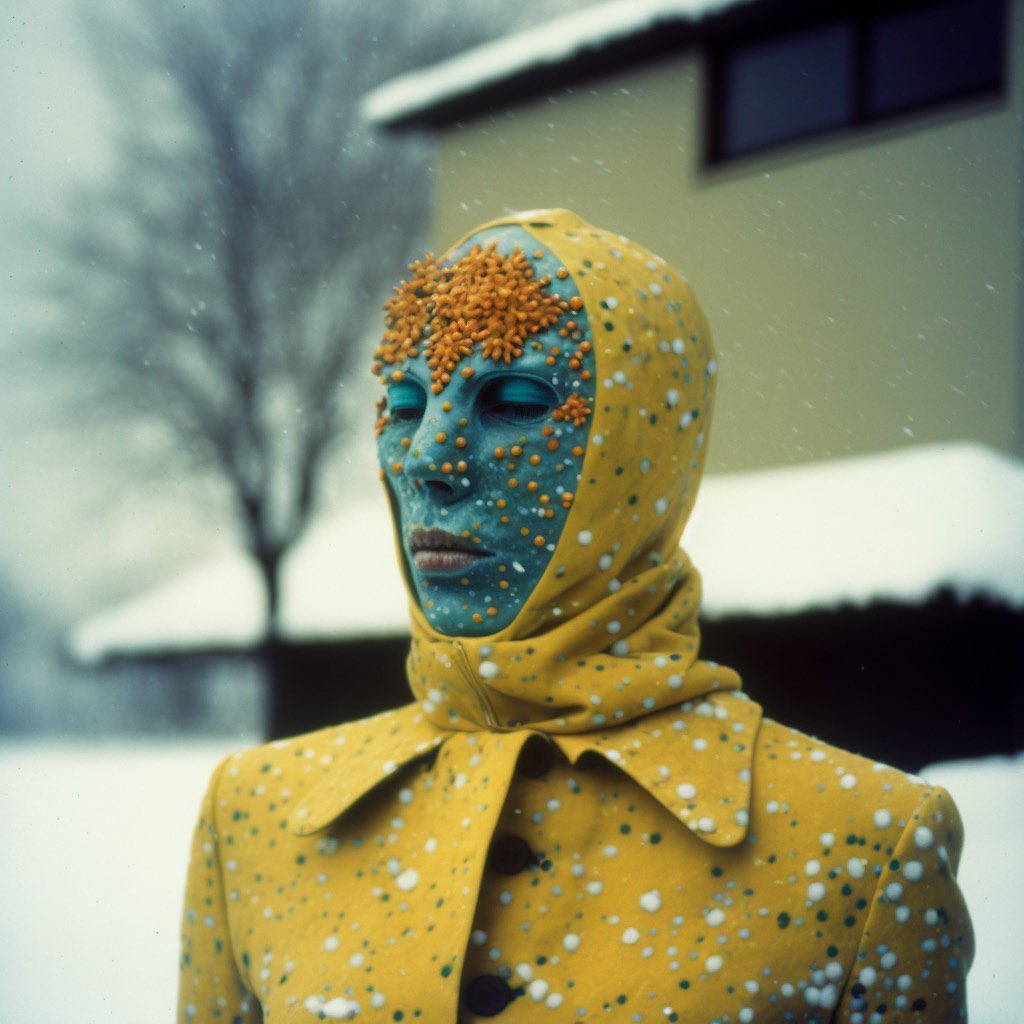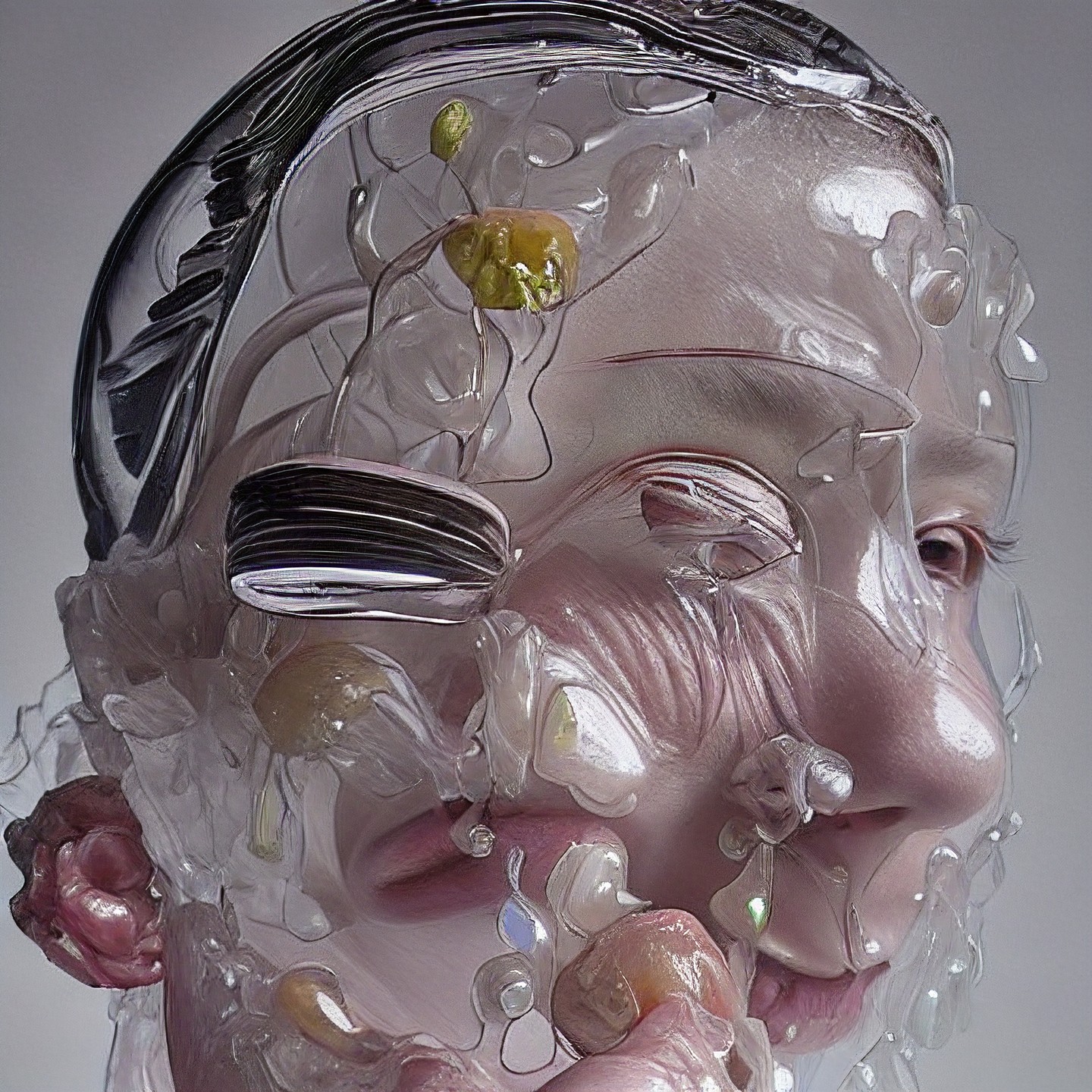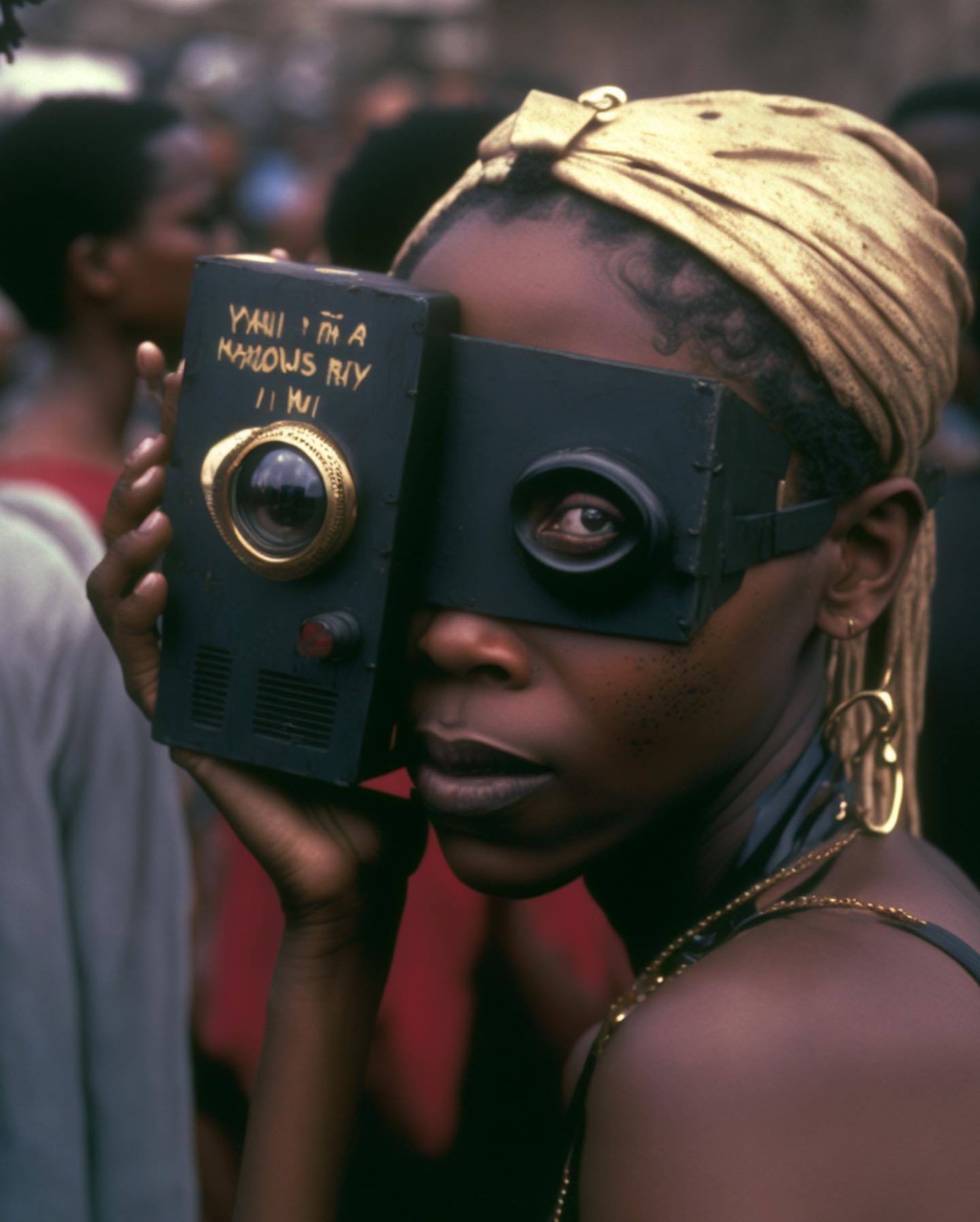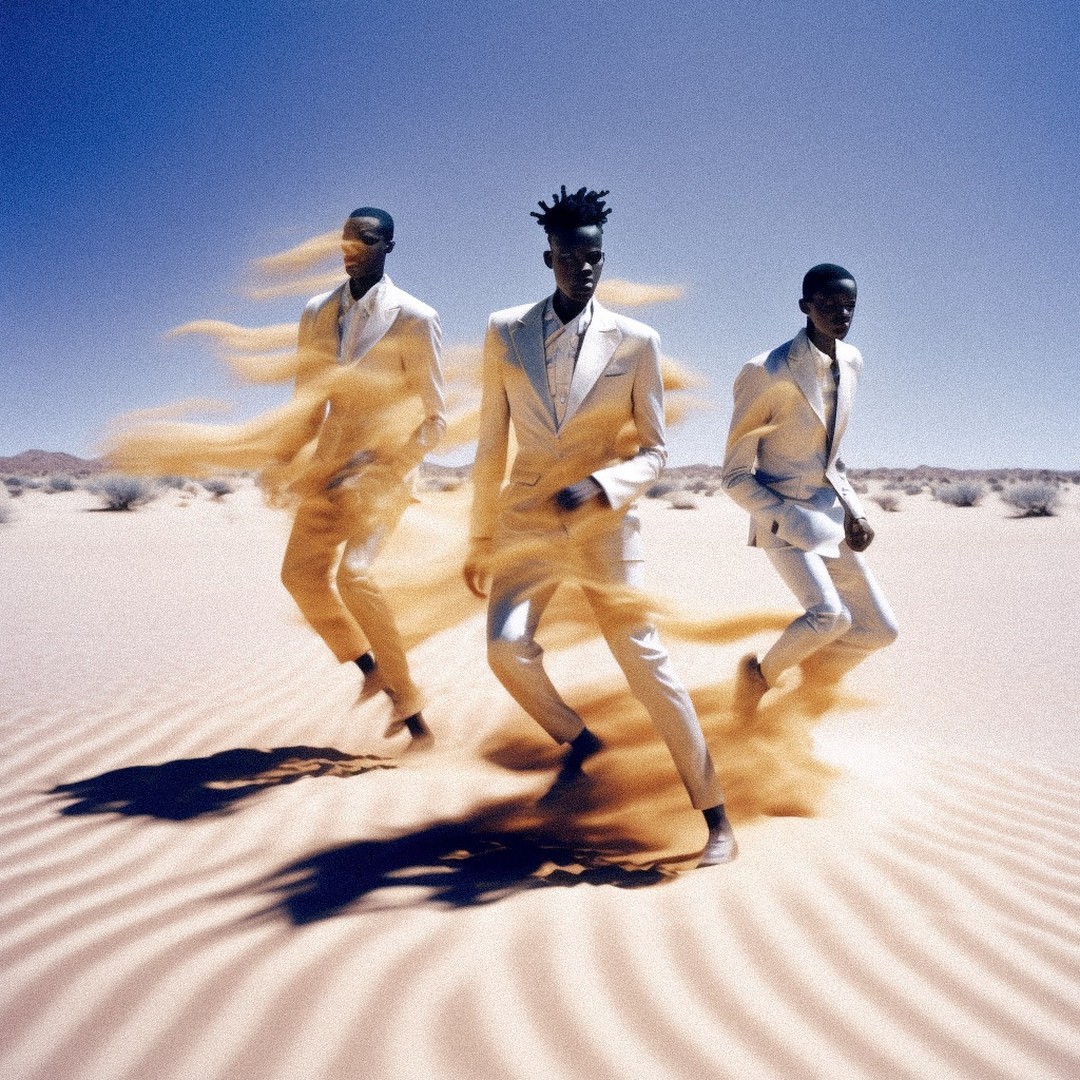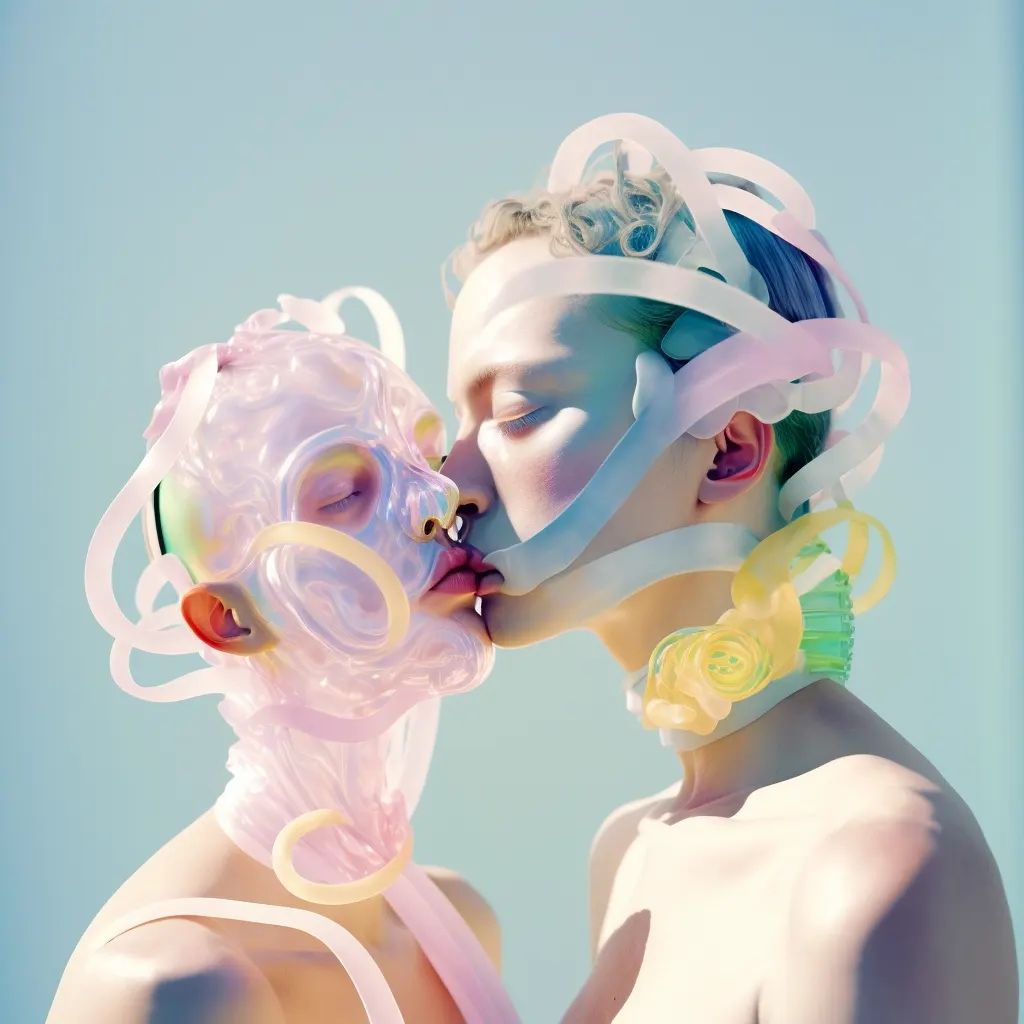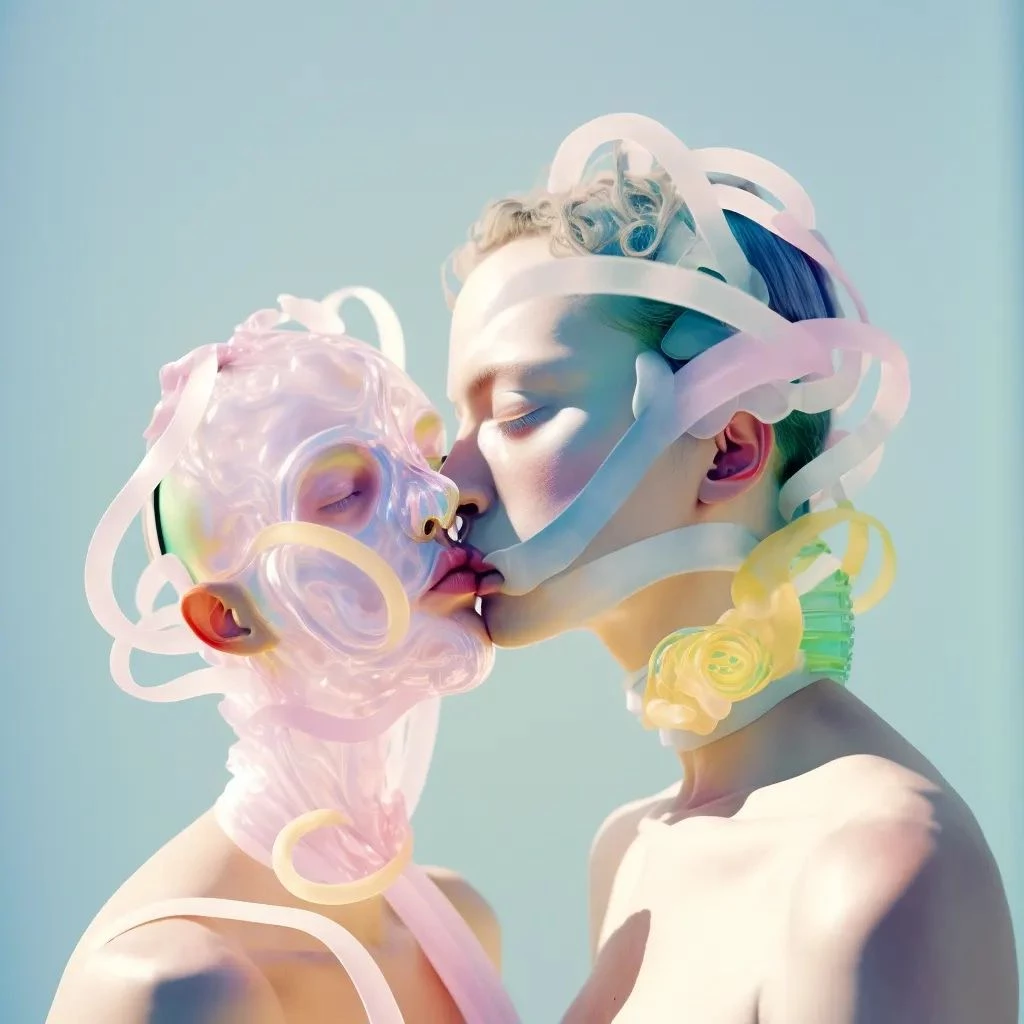
- Date
- 10 MARCH 2023
- Author
- AI-GENERATED TEXT EDITED BY GLORIA MARIA CAPPELLETTI
- Image by
- AI ARTISTS
- Categories
- Aesthetics
AI Art and the Collective Subconscious: Exploring New Frontiers with RED-EYE's RADAR
RED-EYE’s RADAR newsletter is a weekly platform for exploring the potential of AI in the art world. By selecting and showcasing new AI artists each week, RED-EYE is working to push the boundaries of what we traditionally consider to be art and creativity. Through this exploration, the newsletter aims to answer several key questions such as: can AI create new art movements? Can we define AI art as a new genre? And, perhaps most intriguingly, is AI the next Surrealism?
To understand why these questions are so important, we must first examine the history of Surrealism. Surrealism emerged in the early 20th century as a movement that sought to break free from the constraints of traditional artistic forms and explore the depths of the unconscious mind. Led by French writer André Breton, Surrealism quickly gained a reputation for pushing boundaries and challenging conventions. Its emphasis on the importance of the subconscious and the rejection of traditional aesthetic standards inspired many artists to create works that were often shocking and bizarre.
At its core, Surrealism was a reaction to the political and social upheavals of the time. Breton and his fellow Surrealists saw the world around them as chaotic and fragmented, and sought to use art as a means of transcending these limitations. In this sense, Surrealism was a democratizing force; by emphasizing the importance of the unconscious, it suggested that all individuals had the potential to create meaningful works of art.
“Beauty will be convulsive or will not be at all.” André Breton
This quote speaks to the Surrealist movement’s embrace of the irrational and the subconscious, and their rejection of traditional notions of beauty in favor of a more disruptive and challenging aesthetic. In the context of AI art, this quote could be applied to the idea of using algorithms and machine learning to create art that is unconventional, unexpected, and even disruptive. By pushing the boundaries of what we consider to be aesthetically pleasing or beautiful, AI art can challenge us to see the world in new ways and expand our understanding of what art can be. The use of technology and the creation of art through unconventional means can also be seen as a form of “convulsive beauty” that challenges traditional notions of art-making.
Today, many see AI as the next frontier in artistic experimentation. Like Surrealism, AI offers a way to break free from traditional forms and explore new ways of seeing and creating. With its ability to analyze vast amounts of data and generate new forms and ideas, AI is already producing works that challenge our traditional notions of what art can be.
“Let my enemies devour each other, and may the worms choke on the smiles of the spectators.” Salvador Dalí
This quote speaks to the idea of creating art that is provocative and challenging, that may not necessarily be liked or understood by everyone. Similarly, AI art can push boundaries and challenge our notions of what art is or should be, and may not always be universally appreciated or even understood. In this way, AI art can be seen as a continuation of the Surrealist tradition of pushing the boundaries of artistic expression.
But can AI truly be considered a new art movement? This is a complex question, as it requires us to define what we mean by “art movement.” At its most basic level, an art movement is a group of artists who share a common style or philosophy. By this definition, AI is not yet an art movement, as it is not a group of artists working in a shared style. However, if we broaden our definition to include any group of artists who are exploring new ways of seeing and creating, then AI could certainly be seen as an emerging movement.
Defining AI art as a new genre from a philosophical aesthetics perspective is indeed a complex and nuanced task. Aesthetics is concerned with the nature of beauty and how we appreciate and evaluate art, and this is particularly relevant in the context of AI art, where the traditional boundaries between human and machine creativity are being challenged.
One way to approach the question of whether AI art is a new genre is to consider the role of intentionality and authorship in the creation of art. Traditionally, the artist is seen as the intentional creator of a work of art, imbuing it with meaning and expression through their choices and techniques. In the case of AI art, however, the role of the artist as intentional creator is more ambiguous, as the machine is also playing a significant role in the creation of the artwork.
Another way to approach the question is to consider the relationship between the artwork and the viewer. Aestheticians have long debated the role of the viewer in creating the aesthetic experience of a work of art. In the case of AI art, the viewer’s experience may be shaped not only by the human-created elements of the artwork, but also by the algorithmic processes and machine learning techniques that were used to generate it.
Ultimately, whether we consider AI art to be a new genre will depend on how we define the term “genre” in the context of contemporary art. It may be more useful to think of AI art as a new mode of artistic production, one that challenges traditional notions of authorship, intentionality, and aesthetic experience. From a philosophical aesthetics perspective, the emergence of AI art raises important questions about the nature of creativity, the role of the artist, and the relationship between human and machine in the production of art.
Finally, the question of whether AI is the next Surrealism is an intriguing one. As we said, Surrealism emerged in the early 20th century as a response to the upheaval and uncertainty of the times, with artists seeking to explore the irrational and the subconscious as a way of transcending the limitations of rationality and conventionality. Similarly, AI art is often seen as a response to the digital revolution and the ways in which technology is transforming our world, with artists using algorithms and machine learning to create works that challenge our perceptions of reality and beauty.
One of the key philosophical concepts that both AI art and Surrealism engage with is the idea of the unconscious. Surrealist artists believed that the unconscious mind held the key to unlocking new forms of artistic expression, and sought to tap into its depths through techniques like automatic writing and drawing. Similarly, AI art often involves the use of generative algorithms that are designed to mimic the workings of the human brain, creating works that are unpredictable, surreal, and sometimes even disturbing.
Another important concept that both AI art and Surrealism engage with is the idea of the sublime. The sublime is a philosophical and aesthetic concept that refers to experiences that are both awe-inspiring and terrifying, that transcend our ability to fully comprehend or control them. In Surrealism, the sublime was often evoked through the use of dreamlike imagery and strange juxtapositions, while in AI art, the sublime is often evoked through the use of complex algorithms and generative processes that create works that are simultaneously beautiful and unsettling.
AI-Generated text edited by Gloria Maria Cappelletti, editor in chief, RED-EYE
FOLLOW RED-EYE https://linktr.ee/red.eye.world
